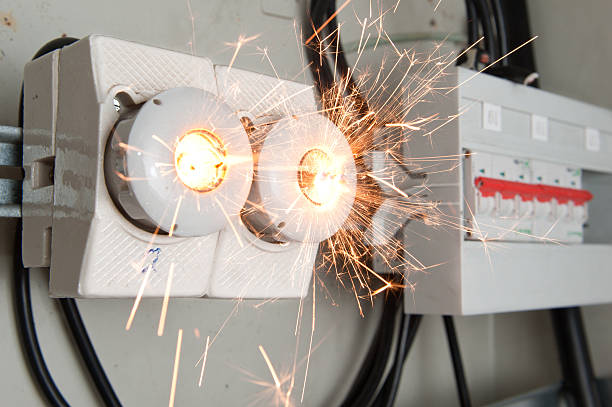Short Circuit Analysis

Definition of short circuit study is an examination or analysis or evaluation of an electrical system to determine the magnitude of currents that can flow during an electrical fault and compare those values to the ratings of installed equipment and short circuit protection devices. It is activities related to short-circuit analysis, including design considerations for new systems, analytical studies for existing systems, as well as operational and model validation considerations for industrial and commercial power systems are addressed. A Short circuit protection fault study holds crucial importance in power systems.
Without performing a short circuit study, we cannot go for protection coordination and the arc flash study and it is a recommended practice for any power system facilities
General Causes of Short Circuits
Here are some general causes of short-circuit fault:
-
Direct contact connection with live conductors
-
Excess temperature due to over-current or overload
-
Faulty wire insulation ‒ Wiring insulation could deteriorate and wear off over time, exposing the metal leads and copper wires
-
Poor appliance wiring ‒ Short circuit could occur in outlet plugs, power cords, and the internal circuit board of appliances and devices
-
Loose electrical connections ‒ Electrical fixtures loosen up over time, which increases the likelihood of metal components coming in contact with each other
-
The release of destructive electrons due to excess voltage
-
Arc due to condensation together with air, especially in insulators etc.
When do We Require a Short Circuit Study and How Often?
Short-circuit studies are as necessary for any power system as other fundamental system studies such as power flow studies, transient stability studies, harmonic analysis studies, etc. Short-circuit studies can be performed at the planning stage in order to help finalize the system layout, determine voltage levels, and size cables, transformers, and conductors. For existing systems, fault studies are necessary in the cases of added generation, installation of extra rotating loads, system layout modifications, rearrangement of protection equipment, verification of the adequacy of existing breakers, relocation of already acquired switchgear in order to avoid unnecessary capital expenditures, etc. “Postmortem” analysis may also involve short-circuit studies in order to duplicate the reasons and system conditions that led to the system’s failure.
NFPA 70E 2018 (Standard for Electrical Safety in a workplace) also recommends to perform short-circuit study at least every 5 years or whenever a major modification takes place within the facility.
Vidhyut Engineering
Shree Krishna Park Society,
Himalaya Mall Road,
Bhavnagar-364001,
Gujarat, India